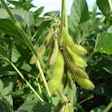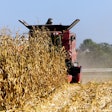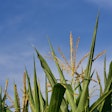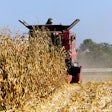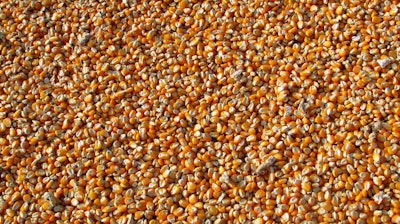
The United States Department of Agriculture's National Agricultural Statistics Service (NASS) released its latest Grain Crushings and Co-Products Production report on December 2, 2024, highlighting significant trends in corn utilization and related industries.
Key Findings:
Corn Consumption for Alcohol and Other Uses:
- October 2024 saw 510 million bushels of corn consumed for alcohol and other purposes.
- This marks a 3% increase from September 2024 but a slight decrease (less than 1%) from October 2023.
- The breakdown of usage was 92.3% for alcohol and 7.7% for other purposes.
Beverage Alcohol Production:
- Corn used for beverage alcohol totaled 3.49 million bushels.
- This represents a 1% decrease from September 2024 and a significant 46% drop from October 2023.
Fuel Alcohol Production:
- 460 million bushels of corn were used for fuel alcohol.
- This is a 3% increase from September 2024 but slightly lower (less than 1%) than October 2023.
- Dry milling accounted for 92.4% of fuel production, with wet milling at 7.6%.
Co-Product Production:
- Distillers Dried Grains with Solubles (DDGS) production reached 1.87 million tons in October 2024.
- This is a 4% increase from September 2024 and a 1% rise from October 2023.
- Distillers Wet Grains (DWG) production was 1.31 million tons, up 14% from September but down 5% year-over-year.
Wet Mill Products:
- Wet mill corn gluten feed production decreased to 251,577 tons, down 8% monthly and 5% annually.
- Wet corn gluten feed (40-60% moisture) increased to 205,988 tons, up 18% from September but down 3% from last year.
These figures indicate a complex landscape in the grain processing industry, with mixed trends across different product categories. The increase in overall corn consumption for alcohol and other uses, despite the significant drop in beverage alcohol production, suggests a shift in market dynamics, possibly influenced by changing consumer preferences or economic factors.
The rise in fuel alcohol production and DDGS output points to continued strong demand in the biofuel sector, which remains a crucial market for U.S. corn producers. However, the variations in wet mill products highlight the ongoing challenges and adjustments in this segment of the industry.
As the agricultural sector continues to navigate changing market conditions, these statistics provide valuable insights for industry stakeholders, policymakers, and market analysts in assessing the current state and future trends of the U.S. grain processing industry.






